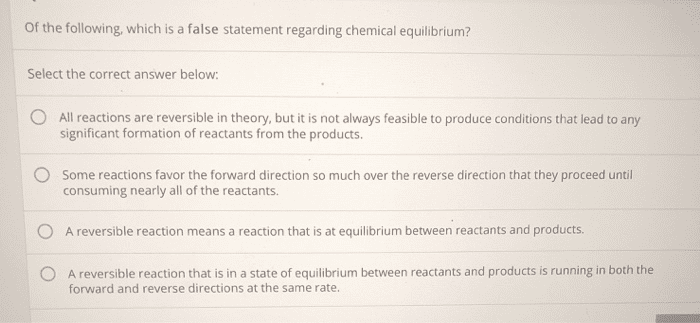CHEM 1112 Chapter Notes - Chapter 15: Partial Pressure, Law And Justice, Chemical Species
Document Summary
Chemical equilibrium occurs when a reaction and its reverse reaction proceed at the same rate. Reversible process: the products of the reaction can react to form reactants. Reaction quotient: a fraction written with product concentrations in the numerator and reactant concentrations in the denominator. Each concentration raised to a power equal to the corresponding stoichiometric coefficient in the balanced chemical equation: expressed as: Subscript c = concentration: reaction quotient is equal to equilibrium constant, law of mass action. For a reversible reaction at equilibrium and a constant temperature, the reaction quotient, Q, has a constant value, k (the equilibrium constant) Equation can also be called the equilibrium expression. Equilibrium is heterogeneous when: species in a reversible chemical reaction are not all in the same phase. Only gaseous species and aqueous species appear in equilibrium expressions. When we change something about how an equilibrium reaction is expressed, we must also make the appropriate changes to the equilibrium constant: example:



